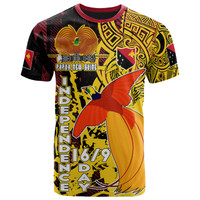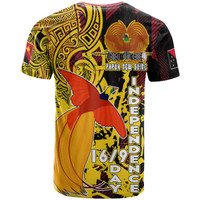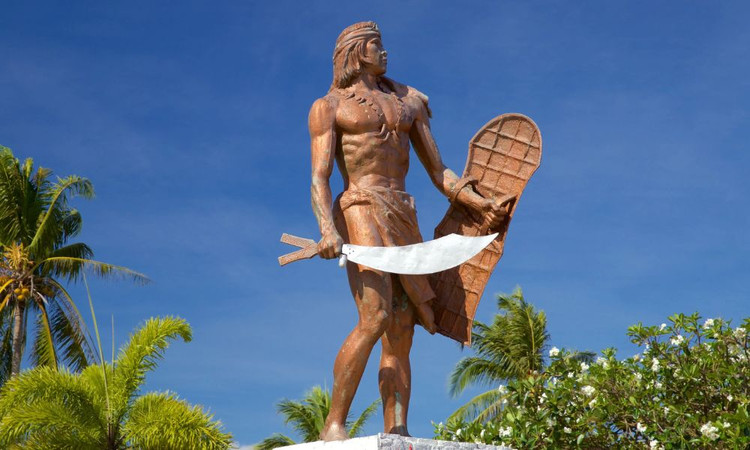The Story of Lapu-Lapu: The Legendary Filipino Hero
Posted by Maris on 6th Mar 2024
Famously defeating Portuguese explorer Ferdinand Magellan and his troops in their effort to colonize Mactan Island, Lapu-Lapu is revered as the first Filipino hero. Today, the monument dedicated to Lapu-Lapu stands towering on the island of Mactan, honoring his victory and signifying the nation's first victorious resistance to Spanish colonization.
Were you aware that Culture Trip can now be used for travel? Make a reservation today to go on one of our top-notch small-group excursions and see the globe like never before.
Other than his valiant resistance against foreign invaders, not much is known about Lapu-Lapu, the man and legend. Culture Trip attempts to provide a picture of this Philippine hero and the occasions that impacted the country's future by using academic studies and firsthand experiences.
Lapu-Lapu: Mactan warrior and chief
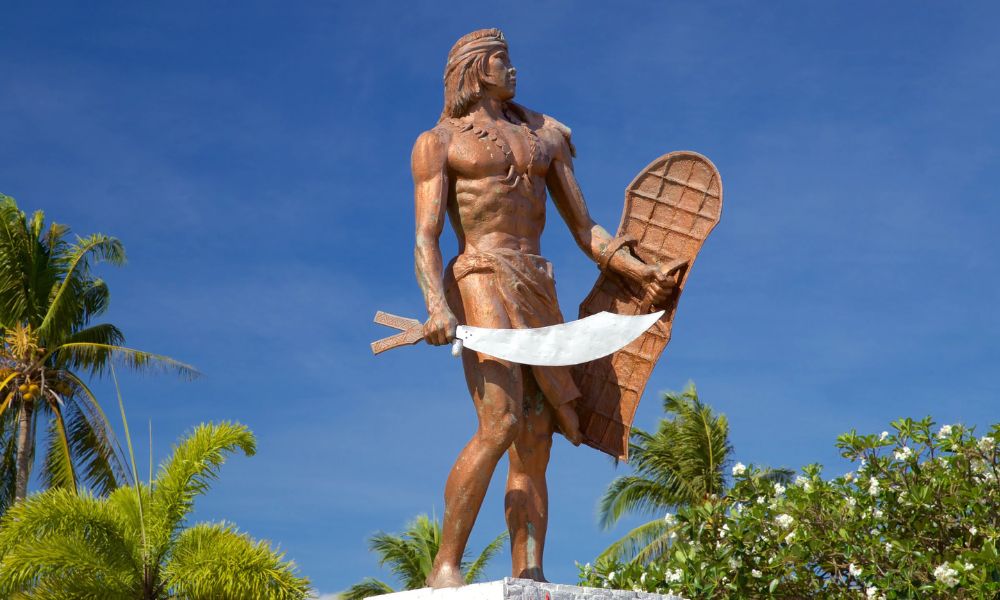
When Culture Trip asked Filipinos what they thought about Lapu-Lapu, they said things like "Leader who fought for his people," "Brave Mactan Leader," and "Pinuno na may paninindigan" (leader who stood for his people). His renown precedes him, permeating myth and history into the very fabric of contemporary Filipino culture.
While the precise date of his arrival is uncertain, the majority of historical narratives indicate Lapu-Lapu arrived at the coasts of Sugbo, now known as Cebu, from the nearby island of Borneo. Rajah Humabon ruled over Sugbo at this time, and the locals acknowledged him as the island's ruler. In response to Lapu-Lapu's request for a location to dwell within the archipelago, Humabon granted him the Mandawili region (now known as Mandaue), which included the Opong area. Soon after, he rose to prominence as the chief of the local populace, known as Mactan island's Datu Lapu-Lapu.
The Bornean native was revered as one of their own by the locals. He defended his people, vanquished pirates and soldiers from Borneo, and enhanced Sugbo's commercial port. Everything was going quite nicely. But when he plundered merchant ships in the Opong area, Lapu-Lapu's cordial relationship with Rajah Humabon "deteriorated," which altered the future course of events.

Ferdinand Magellan and Lapu-Lapu at the Battle of Mactan
Cilapulapu, Si Lapulapu, Salip Pulaka, Cali Pulaco, and LapuLapu Dimantag are some more names for Lapu-Lapu. His struggle against Portuguese explorer and conquistador Ferdinand Magellan has left the guy immortalized in history, despite historians' inability to agree upon his true name.
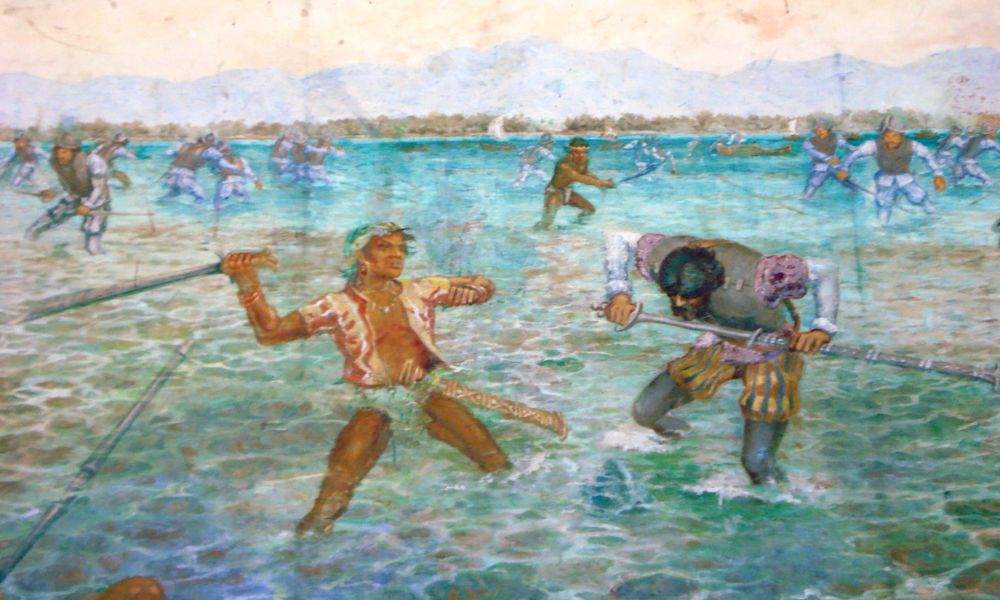
While traveling to the Spice Islands of Indonesia in 1521, Ferdinand Magellan inadvertently came into Homonhon Island, now known as Samar. He was able to forge an alliance there with the local leaders, notably Cebu's Rajah Humabon. Rajah Humabon and his spouse were converted to Catholicism by Magellan, who also presented them with the Santo Nino. It is said that the introduction of Christianity to the Philippines occurred at this same historical moment.
After realizing how hospitable Humabon had been to them, Magellan set out to spread Catholicism to adjacent islands like Mactan. Lapu-Lapu and Zula, two opposing chiefs, were living there. Lapu-Lapu vehemently disagreed with Humabon's commands and Magellan's proposition, but the former accepted the Spanish conquistador and submitted to Spain. resulting in the start of the Mactan Battle. The Aginid Chronicles, oral histories attributed to Rajah Tupas of Cebu, state that Humabon was the one who incited the Spaniards to engage in combat with Lapu-Lapu and his army.

Alongside Magellan on his expedition was the Italian scholar Antonio Pigafetta, who kept a notebook to document occurrences and gather information on the local populace. By his own account, Lapu-Lapu and his 1,500 warriors faced up against Magellan and fifty of his unit members during the Battle of Mactan. Magellan requested that Humabon's troops, who were a gift to the explorer, remain aboard the ship so that he might display his army's European armor. According to Pigafetta, Magellan was killed by Lapu-Lapu and his troops when they shot poisoned arrows and bamboo spears that had been hardened by fire at their opponents' legs. The survivors hurried back onto the vessel and made their escape.
Lapu-Lapu was just the troop's leader, according to Philippine history professor Xiao Chua, who made this statement in an interview with ABS-CBN. However, there is no proof that Lapu-Lapu killed Magellan by himself, unlike what the general public believes. Numerous reports said that Lapu-Lapu and Humabon were able to mend their amicable ties during the Battle of Mactan. According to oral tradition, Datu of Mactan made the decision to go back to Borneo, where he spent the remainder of his days alongside his spouses and kids.
Lapu-Lapu: Heritage and Unspoken Tales
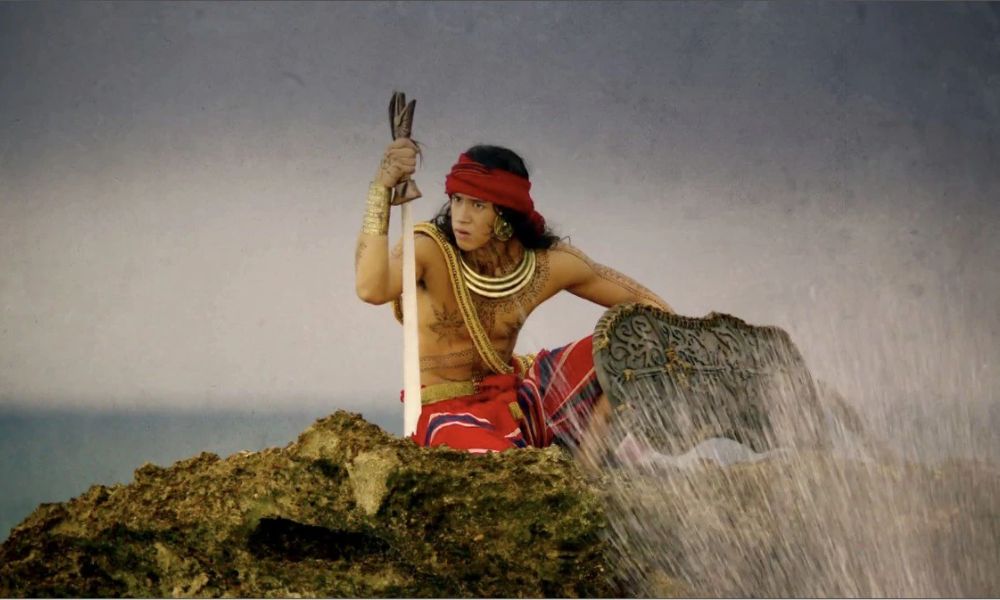
Lapu-Lapu's victory was commemorated with the construction of a 20-meter brass statue on Mactan island and the renaming of the Cebu municipality of Opon as Lapu-Lapu City. Every year on April 27, the City Government of Cebu organizes an occasion known as Kadaugan sa Mactan, which translates to "free-for-all," to celebrate the triumph at the Battle of Mactan. This event reenacts the conflict between Magellan's troops and the Lapu-Lapu tribe.
Even though Lapu-Lapu's tale is well-known among Filipinos, questions remain regarding his identity and the actual events of the Battle of Mactan. For example, nobody truly knows how he appears. Regarding Pigafetta, historian Emelio Pascual of Cebu, stated in a video that it's possible the Italian scholar never actually got off the ship to see the historic fight and remember the precise details of what transpired.
Even if the exact historical details are unclear, Lapu-Lapu continues to be a symbol of Philippine independence today. Locals proudly pay tribute to the man who inspired them to strive for control of their own destiny, even after decades of brutality and colonization.



